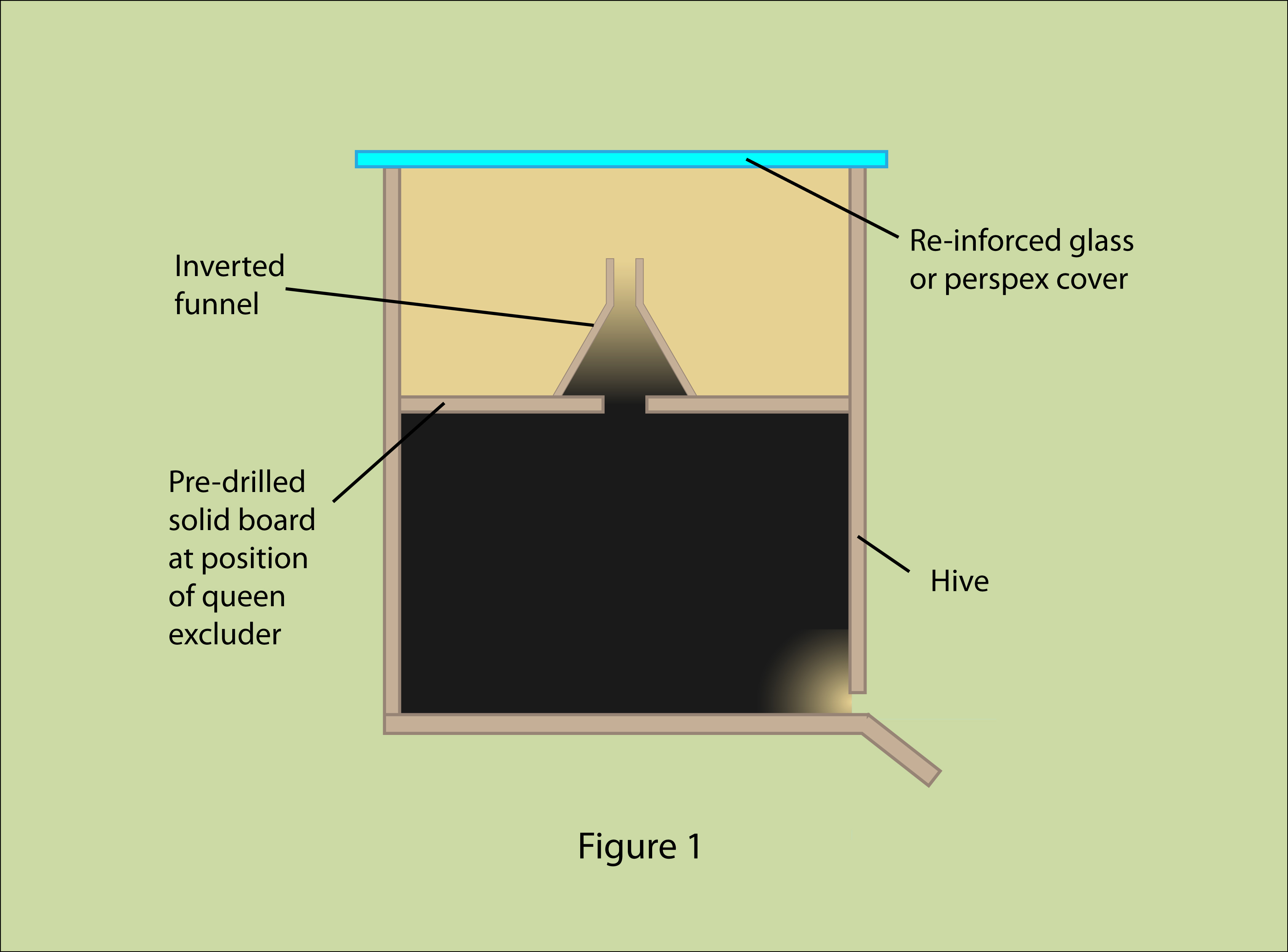Wasps will hunt for other insects during the colony founding and colony growth periods of their life cycle when their grubs need protein to grow. Fortunately it is very rare however for wasps to attack bee hives for protein. Wasps prefer to take the safer and easier option of hunting for other insects such as flies and grazing insects.
Occasionally environmental conditions and other co-factors will contrive to create a shortage of other readily available insects forcing wasps to attack bee hives for protein. This may happen for instance when there is an unusually high density of wasp colonies during a very dry and hot summer where vegetation has wilted and shrivelled to a point where it cannot sustain large populations of other insects. Under such desperate conditions wasps may attack bee hives for protein as well as cannibalise other wasp nests.
Wasps attacking bee hives for protein represent the greatest challenge because this type of wasp hunting behaviour is very difficult to control.
Kill Box
If a hive is being ravaged by wasps for protein then there are a few steps which can be attempted to protect the hive in addition to reducing the entrance as described in section 6.6.
1. Construct a ‘kill box’ from a spare hive as illustrated in figure 1 below.
Instead of a queen excluder place a solid wooden board in its place that has been drilled with a large hole approximately 50mm in diameter and fix an opaque preferably dark coloured inverted funnel directly above the hole. Replace the roof of the hive with a sheet of clear reinforced glass or perspex.
 2. Seal and move the hive that is under attack preferably more than three miles away. If this is not possible then move the hive not more than three feet but keep the hive sealed whilst eradicating the attacking wasps. If the hive has to be sealed then ensure it is sufficiently ventilated and that the honeybees have enough food. It is likely that the hive will be contaminated with wasp and bee distress pheromone which will need to be washed off using a solution of double strength soda crystals. The best time to do this is overnight.
2. Seal and move the hive that is under attack preferably more than three miles away. If this is not possible then move the hive not more than three feet but keep the hive sealed whilst eradicating the attacking wasps. If the hive has to be sealed then ensure it is sufficiently ventilated and that the honeybees have enough food. It is likely that the hive will be contaminated with wasp and bee distress pheromone which will need to be washed off using a solution of double strength soda crystals. The best time to do this is overnight.
3. Place the ‘kill box’ in the exact same position that the original hive was in. It is imperative that the entrance to the kill box is the same size and is in exactly the same geographical location where the original entrance to the original hive was. This is because wasps navigate to the exact same spot where they expect the food source to be. If the kill box is placed in the wrong position the returning wasps may not go in and may attack another hive or the original hive if not sealed. Wasps caught in the kill box will desiccate and die.
There is an alternative to washing the affected hive which carries more risk but may deliver better results. Leave the affected hive in place but transfer the honeybees to a new hive. Once the honeybees have been transferred create a kill box in situ using the original hive. Timing is everything. It is important that the kill box is constructed immediately after the honeybees have been transferred and not to wait until the new hive has been relocated. Seal and move the new hive as described above. The benefit of creating the kill box from the old hive is that the old hive will have distress pheromone on it which should continue to attract hunting wasps. The best time of day to perform this is at the crack of dawn before wasps start to fly.
WaspBane
If no spare hive is available to construct a kill box then alternatively seal the hive as described in step 2 and then wash the hive as necessary. Do not move the hive. Dry bait a WaspBane wasp trap with meal worms making sure not to add any liquid to the trap. If possible remove as much of the bait powder as you can prior to baiting with meal worms. Deploy the WaspBane trap directly in front of the entrance to the hive. Note, this is an exceptional use of the WaspBane wasp trap and must only be undertaken as a last resort. No guarantee is offered that this use of the WaspBane wasp trap will work and use of protein baits in the WaspBane wasp trap is generally frowned upon.
Cautionary Note
Please be aware that sweet feeding wasps will attack individual honeybees and amputate their abdomens to get at the nectar contained within the honeybee’s abdomen. This behaviour is frequently mistaken for wasp hunting behaviour. If the wasps attacking the bee hive are indeed sweet feeding in this way then the above strategies will fail.

 Follow
Follow